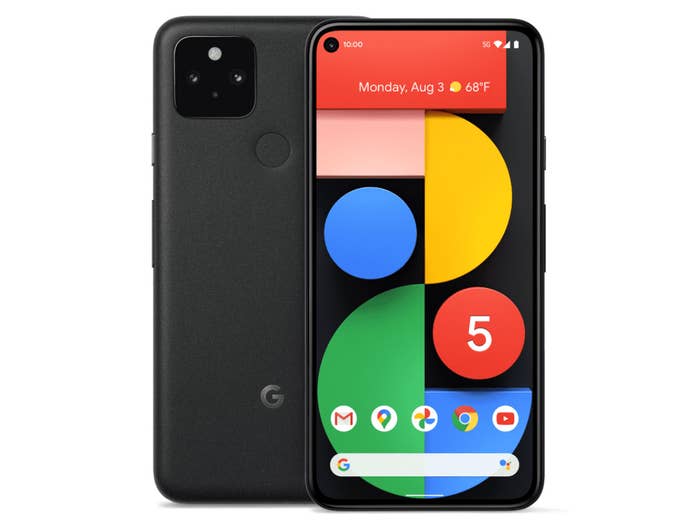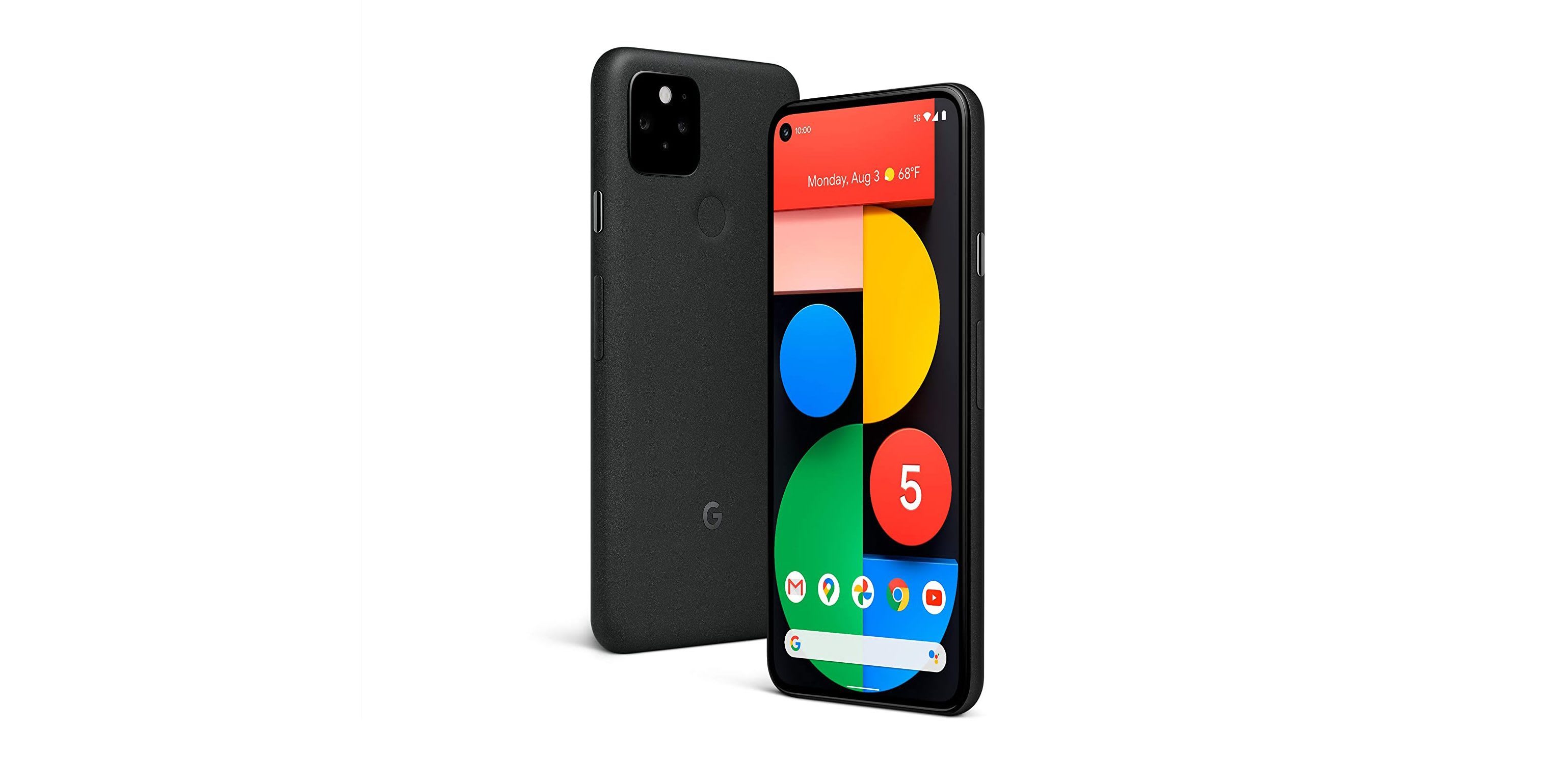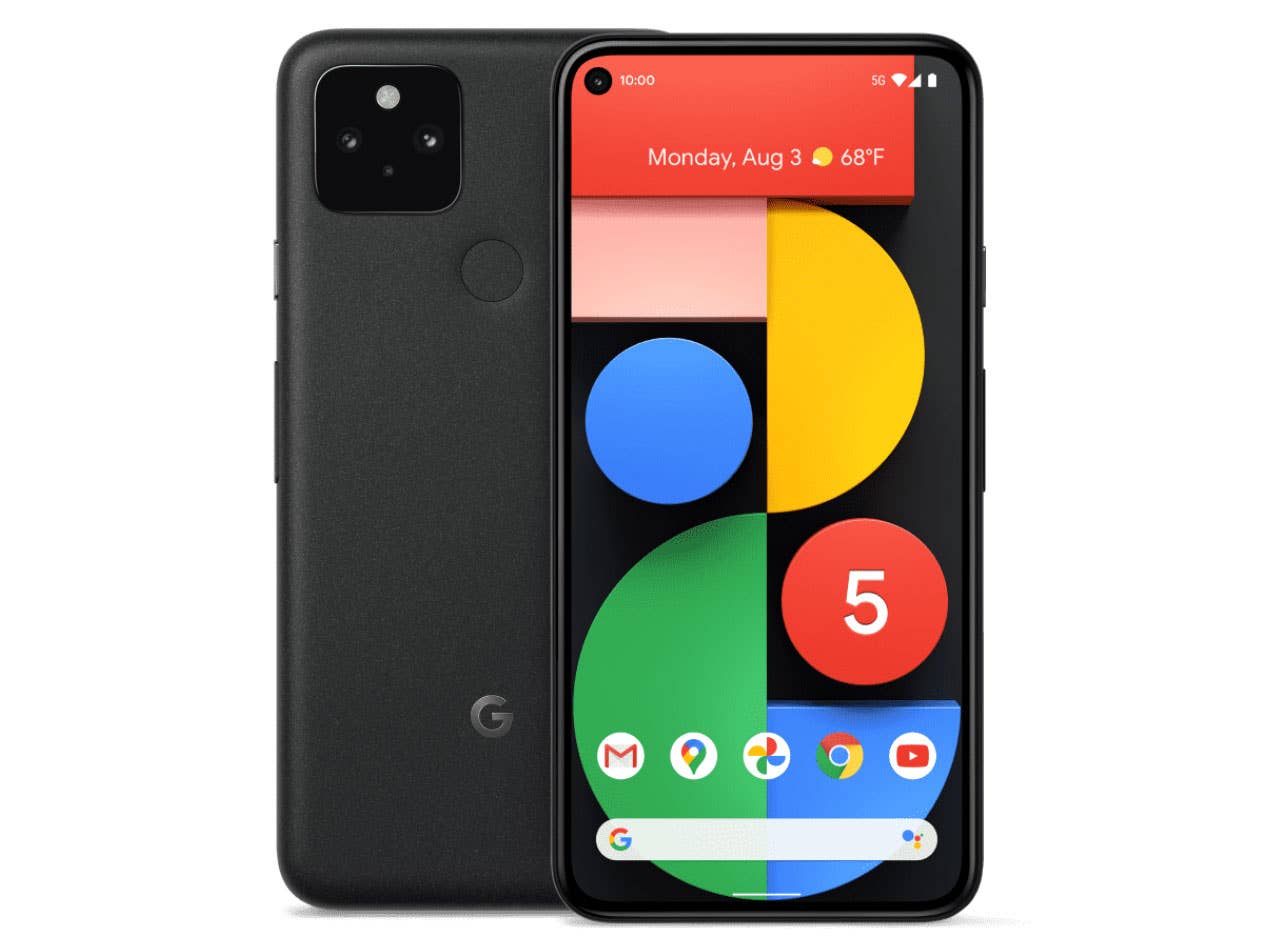
No, you aren't tripping; I definitely told you about a new Google smartphone—the Pixel 4a—not too long ago. For those who are unaware, Google has made it a habit of dropping a "flagship" phone annually, followed by something in their more affordable "a" series of phones. The Pixel 4a is a beast, but I knew it was only just the beginning when Google announced the Pixel 4a 5G and the Pixel 5, both of which will feature 5G connection speeds and the latest in Google's evolving Android operating system. I've had the phone for less than a week, but opening a new Pixel is always interesting.
One of the things I appreciate about the Pixel line is that they just work. I appreciate what other phones can do—having MagSafe stuff is functional, but having a folding display isn't. With the way my life is set up, I need a dependable smartphone that can take a beating and help me keep my life in order. The Google Pixel series has even added things like face recognition, but seeing the Pixel 5 continue things like reverting back to fingerprint scanning is a plus for me. And if we're keeping it 100 for a second, the areas where the Pixels continue to shine—including the camera—are just as high power as comparable devices on the market.
The camera might be the biggest boon for Pixel fans out there, on any of their phones, and the Pixel 5 has outdone itself. Out of the box, there's not much of a difference initially between the Pixel 4a and the Pixel 5. The Pixel 5 screen is slightly larger (it boasts a 6-inch OLED screen compared to the 4a's 5.8 OLED), have the same 8MP front camera and both come with 128GB of storage. That's essentially where the comparisons end. For the $699 price tag, the Pixel 5 (which is available for pre-order) adds a 16MP ultra-wide lens to the 12MP rear camera and comes with 8GB of RAM (compared to the Pixel 4a's 6GB). It also upgrades the CPU, giving the Pixel 5 a Snapdragon 765G compared to the 4a's Snapdragon 730G. It's no Qualcomm Snapdragon 865, but similar to the Pixel 4a, Google's 2020 smartphone vibe appears to be giving you the best bang for your buck, even if that means your chip might not be the most exclusive. And for what it's worth, the Pixel 5 is so strong, there's no noticeable lag in phone use. I have noticed on the Pixel 4a that the only thing that seems to lag is the Image Processing on photos you just snapped...and I'm OK with the phone taking a few extra beats to deliver the crispy images you get with a Pixel camera.
Seeing as I've grown to appreciate Google's Night Sight feature since it was first introduced, I've loved being able to brighten up nighttime pics—or any pictures that were being shot in lowlight, honestly—but with the Pixel 5, Google's stepped up the camera's game. Called Portrait Light, the Pixel 5 automatically makes adjustments in-camera to improve the lighting of any shot. I didn't know what it was—its normal for me to avoid any reviewer's guides initially—but was surprised to see the Pixel 5 immediately start to adjust the light to the image as the image was being taken. For context, the normal Night Sight feature isn't even reflected until the image processed, and that was usually after you had to make sure the shot was still enough to capture its dark glory. Portrait Light might be a gamechanger for all of the shots in my house that I love taking because of the decor but are still inadequately lit. You can also use Portrait Light on images you've already taken; you can even adjust the positioning of the light, as well as its intensity. And with the aforementioned Ultra-wide lens, you can get even MORE of the room in an image; when opening your Camera app, just hit the .6x option and you immediately see the difference. Google's also added a Cinematic Pan option to video on the Pixel 5, getting rid of the shaky cam on your viral videos or moments with your loved ones.
While 5G isn't available everywhere, having the power of 5G on your Pixel just unlocks crazy power to the tiny device. One of the biggest benefits of 5G on a Pixel 5 means that your phone helps you out when it comes to entertainment and your connectivity. With 5G enabled, your phone will pre-download a YouTube video or show you're watching over the internet, which comes in handy when you're, say, on a subway train that hits areas where you can't connect to the internet. Couple your Pixel 5 with Google's Stadia and you're gaming at lightning speed.

Outside of the camera and 5G capabilities, the Pixel 5 has updated one of my favorite Google apps, Recorder. I use this for damn near any interview I need to be transcribed, and the latest version of the app now provides you with a keyword scrollbar that highlights the most important parts of the conversation and automatically highlights it for you. You can also edit audio right in the app, and even turn some of that audio into video clips for Instagram or Twitter. The Pixel 5 also boasts Reverse Wireless Charging, which allows your to charge your Pixel Buds using your Pixel 5. Speaking of battery life, the Pixel 5 introduces Extreme Battery Saver, which improves on the battery life upgrades made with the Pixel 4. I haven't been able to use it a lot (work is crazy), but Google says you can add an extra 24 hours(!) to your battery life by turning this function on. You lose the luxury of your apps working on their own, and it will also slow down your phone's processer power, but if you're in one of those situations where you can't charge your phone for a bit, this could come in super handy. There's no squeeze option for the Google Assistant, which I personally won't miss, and I don't do these kinds of tests, but the phone is said to be dust and water-resistant.
Is all of this worth $699? It's hard to say. While the Pixel 4a and Pixel 5 (as well as the Pixel 4a 5G, which we did not test but mirrors many of the improvements the Pixel 5 has) are heads above what Google did with the Pixel 4, it's really up to you on which device you want to cop. If I'm being honest, if you're looking to save money while still getting an extremely capable smartphone without the need for 5G? I'd say the Pixel 4a will be more than enough for you. If you want the 5G capability and are tired of other phone manufacturers? I'd definitely recommend the Pixel 5. It's not a major upgrade from the Pixel 4a—especially when you factor in how Google upgrades its phones on a regular basis—but when it comes to Google keeping it simple while keeping it current, the Pixel is simply perfect.


